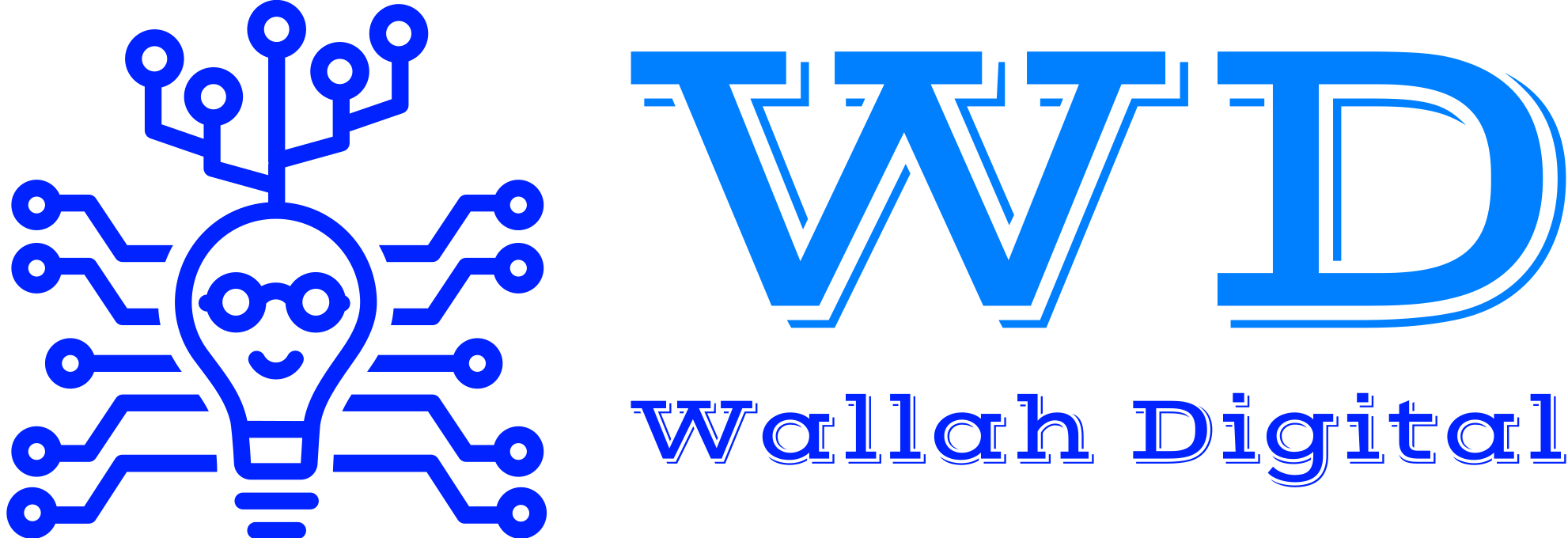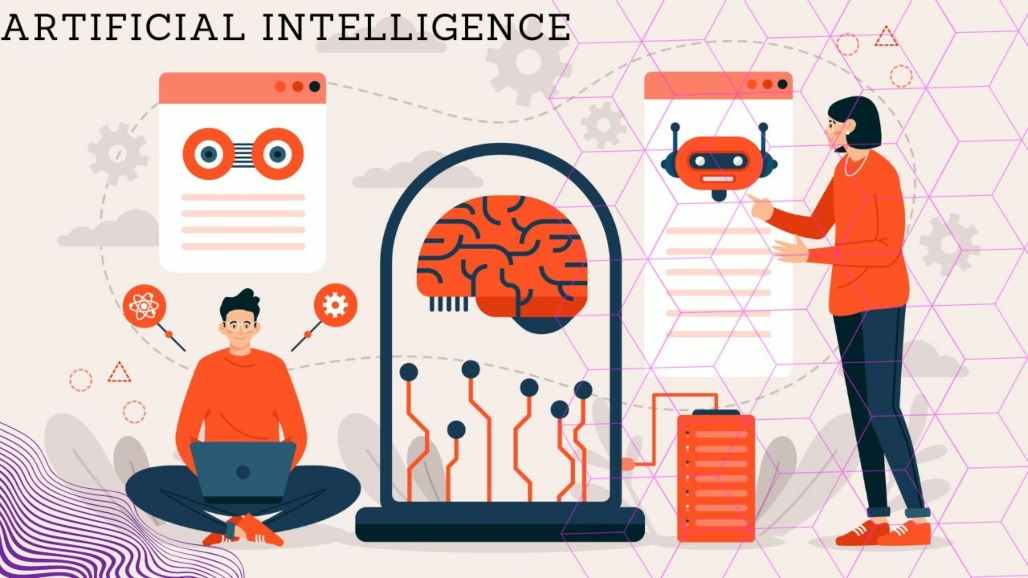Artificial Intelligence has many advantages. Artificial Intelligence is the ability of human beings to learn and understand information about themselves and other people. It can also be used for purposes such as prediction, discrimination, decision-making, and problem-solving. Some people see artificial intelligence as a threat, while others see it as an opportunity. Regardless, we must all act responsibly in order to protect ourselves from future AI attacks. Let’s take a look at the top reasons why you should avoid choosing stocks that already trade on Wall Street. In this blog post, we’ll explore the pros and cons of buying shares in companies already listed on the stock exchange or listed on an alternative offering program such as an initial public offering (IPO). The following are some top considerations when investing in tech companies:
There is potential for the exploitation of Artificial Intelligence in the industry
When first hearing the term AI, many people assume that it refers specifically to neural networks and computer programs. This is not the case. AI can be used to “seed” software, allowing computers to learn and produce results based on unsupervised learning. This can help protect against human errors and improve the quality of AI-generated results.
The probability of the advantage of AI to humans is rising
We have seen that computer programs are used to “second nature” tasks such as making Word Recognition, Recognizing Speech, and so on. AI has the potential to become a major player in the computer vision field, as well as in other areas where humans are being replaced. All of this can result in a high potential for AI to be used for tasks that would require human input.
Humans can now control other people’s data
We have known for some time that computers can “read” and “write” information. It’s not just the written content that can be controlled, but also how this piece of data is used. For example, if you set out to write an article, you need to identify the right subjects, format the article, and include enough information to make it valid. Humans are still the main source of information for many people, and AI is expected to play a large role in this.
AI has the potential to provide new kinds of services
AI can be used to perform many tasks that would normally require humans to do. It can be used to read and process large amounts of data, making it much less likely for humans to complete these tasks. This can be critical in a 21st-century economy where trust and privacy are increasingly rare assets.
Some companies are already using AI to make decisions for their customers
Many people assume that companies are starting to use AI to make decisions for them. But this is not the case. In fact, it’s the opposite: companies are using AI to make decisions based on information. They have access to and based on what decisions they can observe and generate data for. For example, an insurance company can use AI to predict future income, making sure that individuals with low income will not be particularly costly to insure.
Conclusion
The ability to “second nature” tasks such as writing and reading, taking notes, and making decisions, all rely on the fact that people possess minds. Artificial intelligence and machine learning are offering a new way of processing data and making decisions. While these technologies are still in their infancy, they are increasingly likely to become our main source of decision-making. This may include making decisions for our health, the environment, and our economy.
These technologies can also be used to “second” read a person’s mind, or to “third-party” decipher what information a person wants or needs. This “third party” could be relatives, friends, or strangers. It’s important to remember that people are always trying to access and control information. Whether it’s from a government agency or a private source. The best solution to this problem is a balance between the user and the technology. This may require designing a solution that will work best with a particular person’s cognitive abilities. But will also work best with the technology’s ability to “second nature” tasks.

